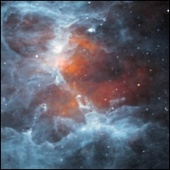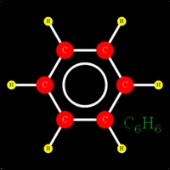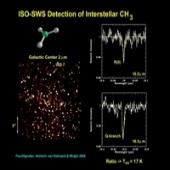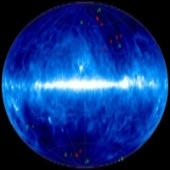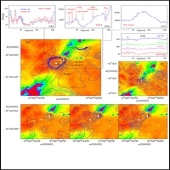ESA Science & Technology - News Archive
News archive
News archive
Today, ESA is celebrating the 25th anniversary of the launch of the Infrared Space Observatory, ISO, with a brand new interface to the mission's unique legacy archive.
Published: 17 November 2020
ISO Data Archive Version v6.0
Published: 25 July 2003
Published: 23 July 2003
Published: 5 April 2002
Published: 16 January 2002
Published: 13 November 2001
Published: 25 October 2001
Published: 10 October 2001
Published: 7 September 2001
Published: 22 May 2001
Published: 11 April 2001
Published: 19 February 2001
Published: 21 January 2001
Published: 3 January 2001
Published: 25 October 2000
Published: 10 July 2000
Published: 7 June 2000
Published: 29 May 2000
Published: 24 May 2000
Published: 27 April 2000
—
20 Items per Page







